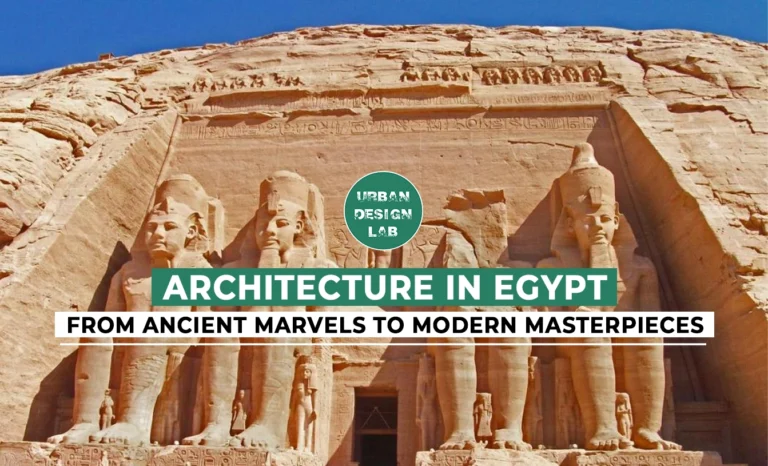
History of Urban Design: From ancient to Modern cities
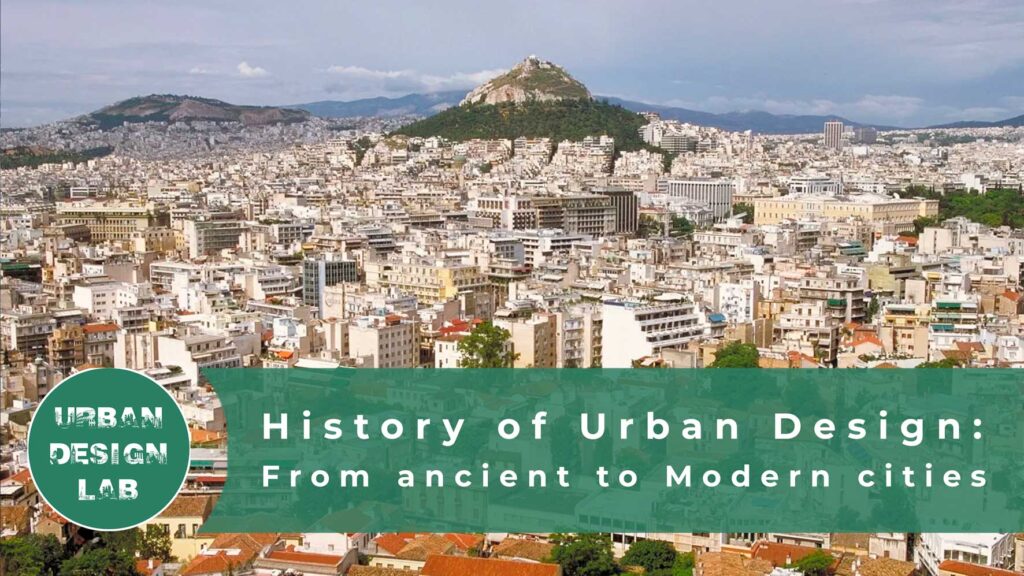
Introduction
Urban design is the art and science of designing and shaping the physical environment of cities, towns, and communities. It involves the arrangement and design of buildings, public spaces, transportation systems, and other elements that make up the built environment. The history of urban design dates back to ancient civilizations and has evolved over time to become a critical component of modern city planning.
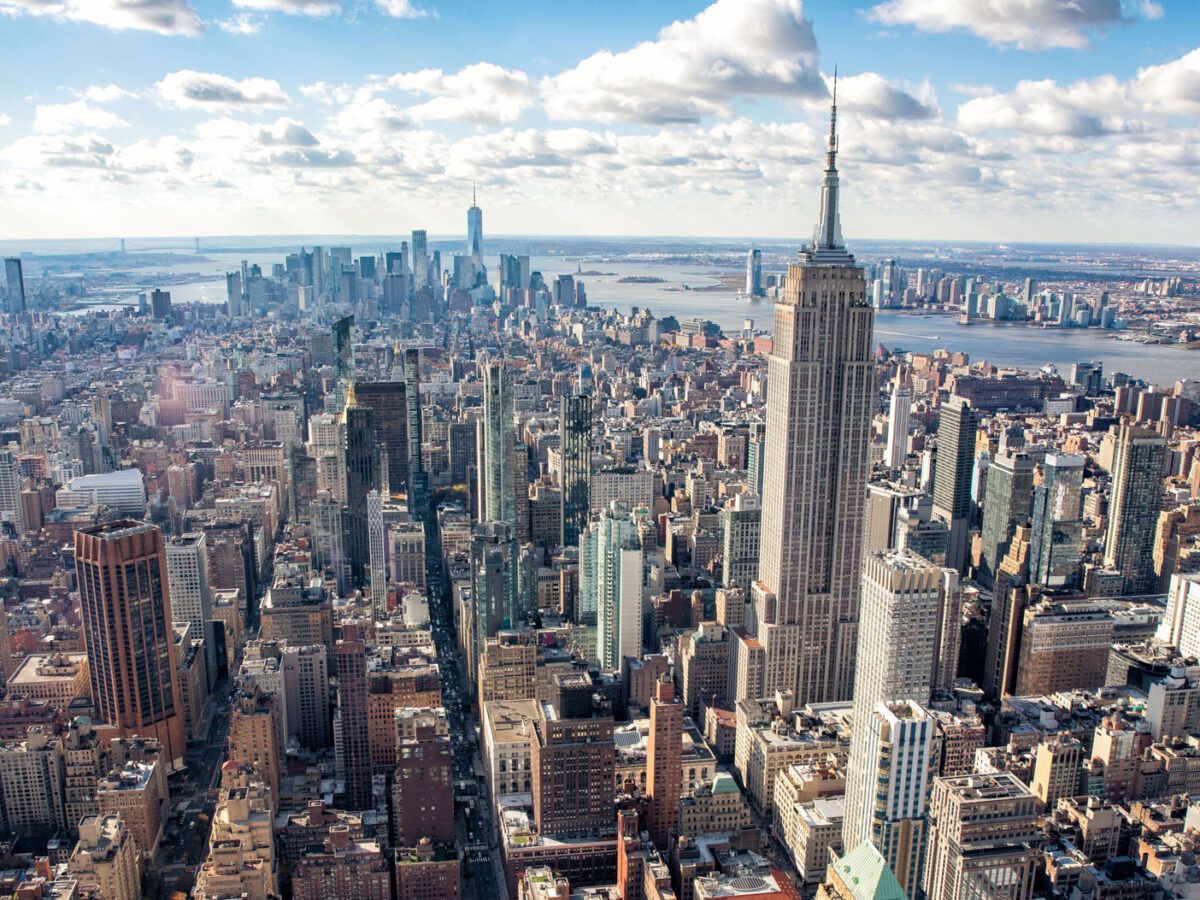
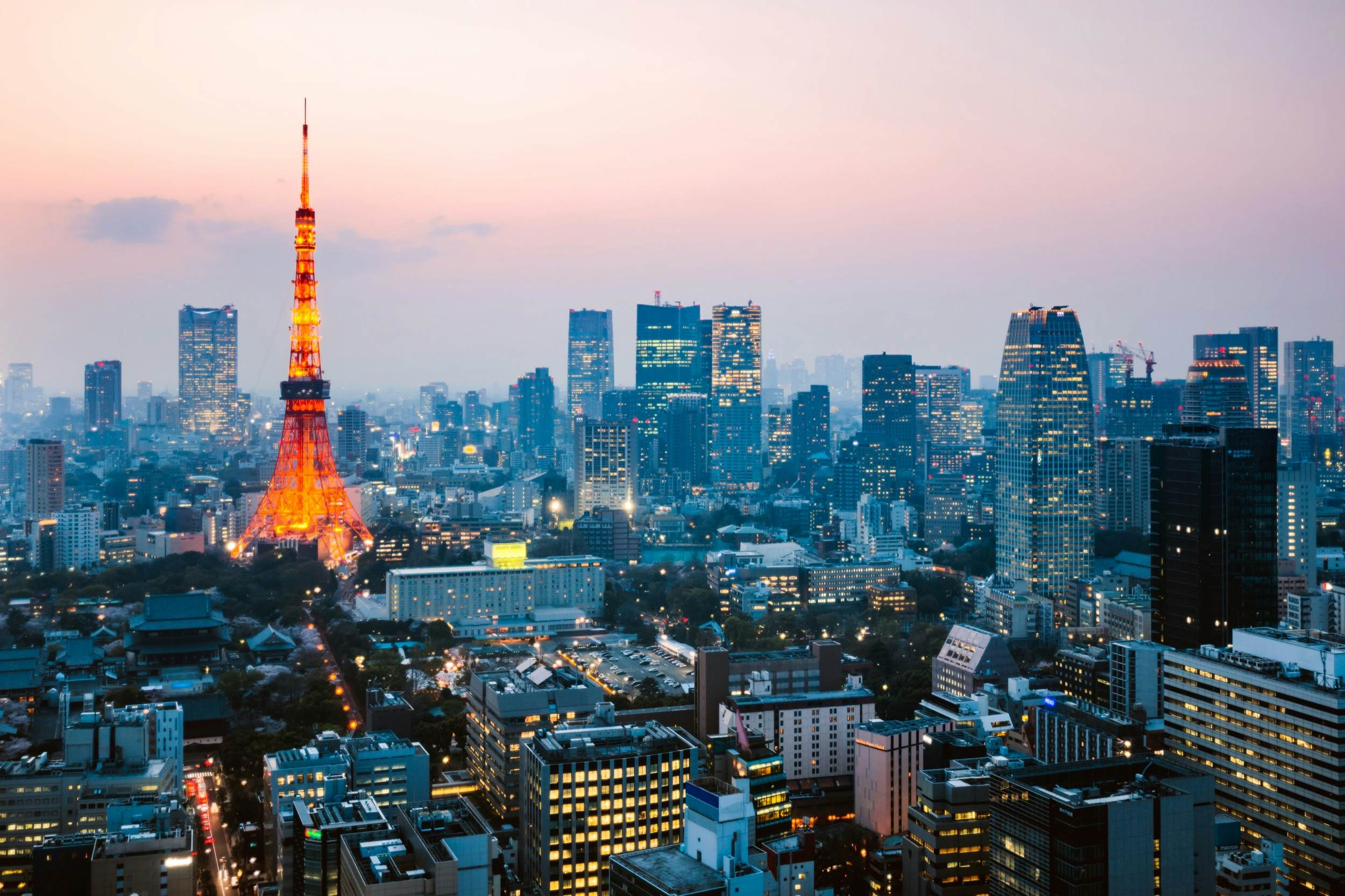

Ancient Urban Design:
The urban design of ancient civilizations such as Rome, Athens, and Babylon, was centered around the principles of order, symmetry, and hierarchy. These cities were designed to convey a sense of power and grandeur, with monumental architecture and public spaces that served as gathering places for the people. The urban design of ancient cities influenced modern urban design in many ways, including the use of axial planning, which is a layout that involves organizing streets and buildings around a central axis.
- Rome, Italy: known for its grand architecture and monumental public spaces, including the Colosseum, the Pantheon, and the Forum.
- Athens, Greece: famous for its classical architecture and the Acropolis, a hilltop citadel featuring the Parthenon temple.
- Babylon, Iraq: an ancient city known for its innovative urban planning, including the famous Hanging Gardens.

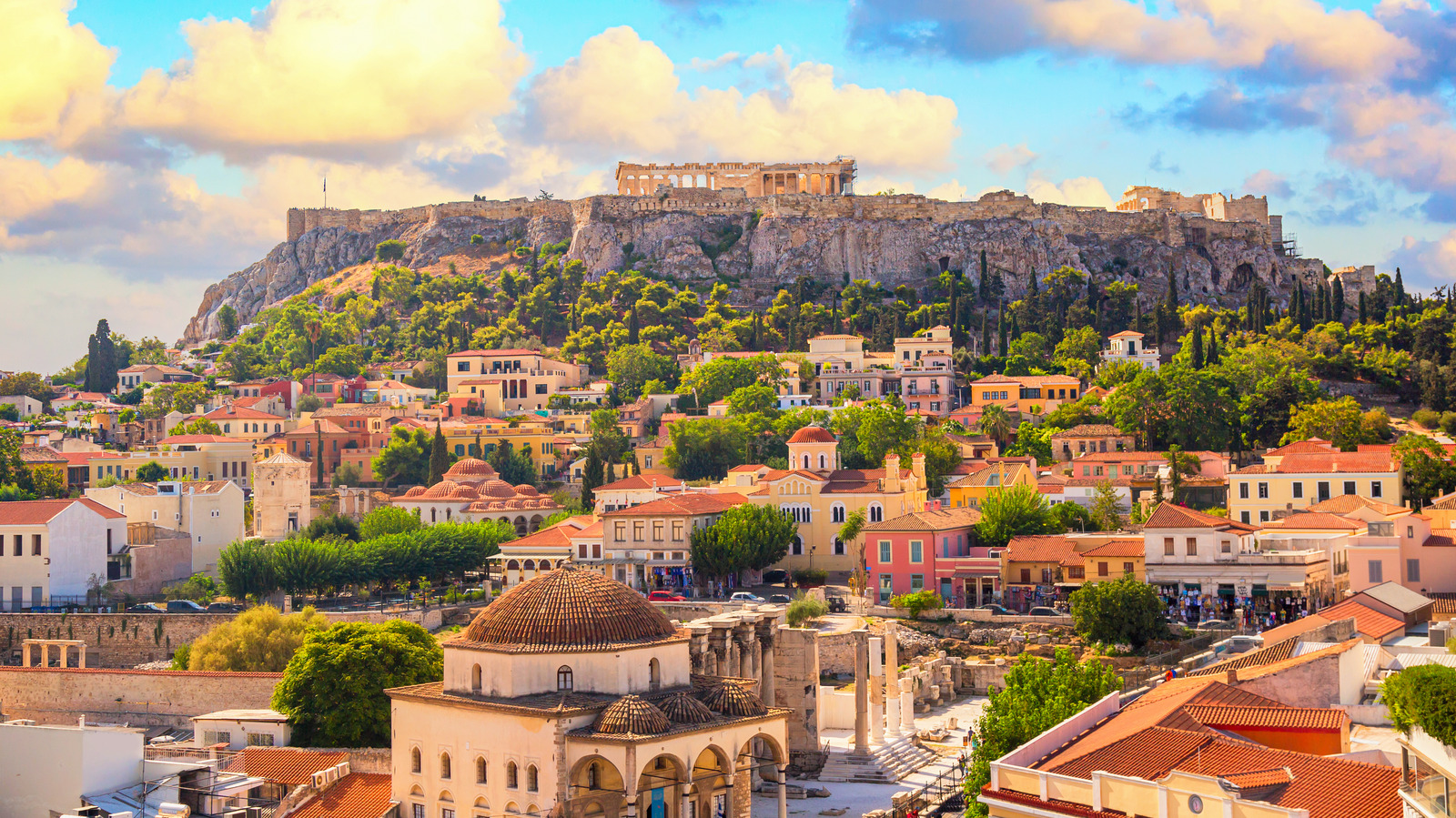

Medieval Urban Design:
During the medieval period, urban design was heavily influenced by the church and the feudal system. Cities were designed around religious institutions and castles, with narrow streets and winding alleys that provided a sense of security and privacy. The development of trade and commerce during this period also influenced urban design, with markets and merchant quarters becoming important elements of the city.
- Paris, France: a city with a rich history of medieval urban design, including narrow streets and winding alleys that provide a sense of charm and intimacy.
- Siena, Italy: a city with a historic center that features medieval architecture and a distinctive urban layout based around the Piazza del Campo.
- Toledo, Spain: a city with a medieval old town that is renowned for its narrow, winding streets and historic landmarks.
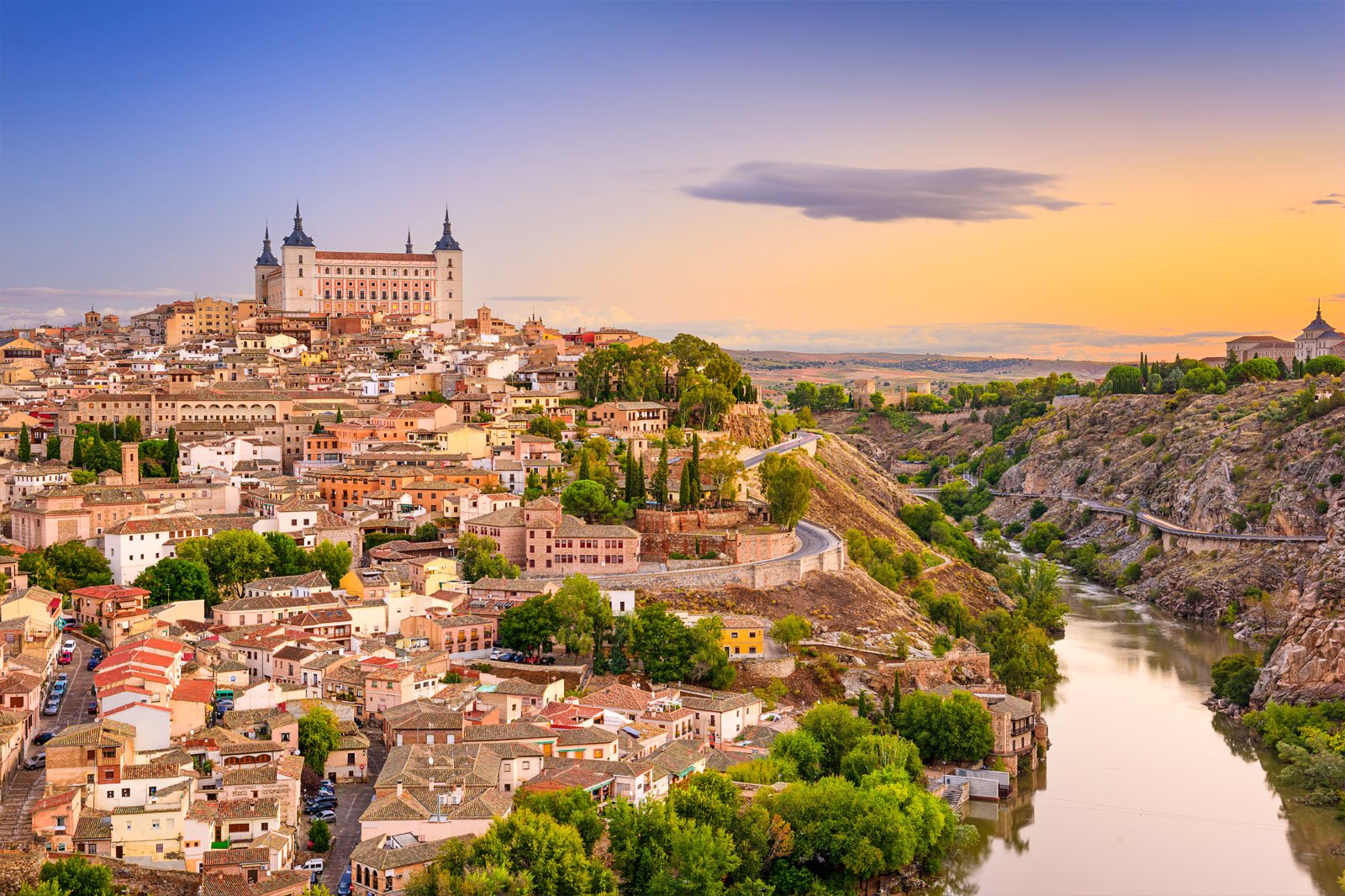
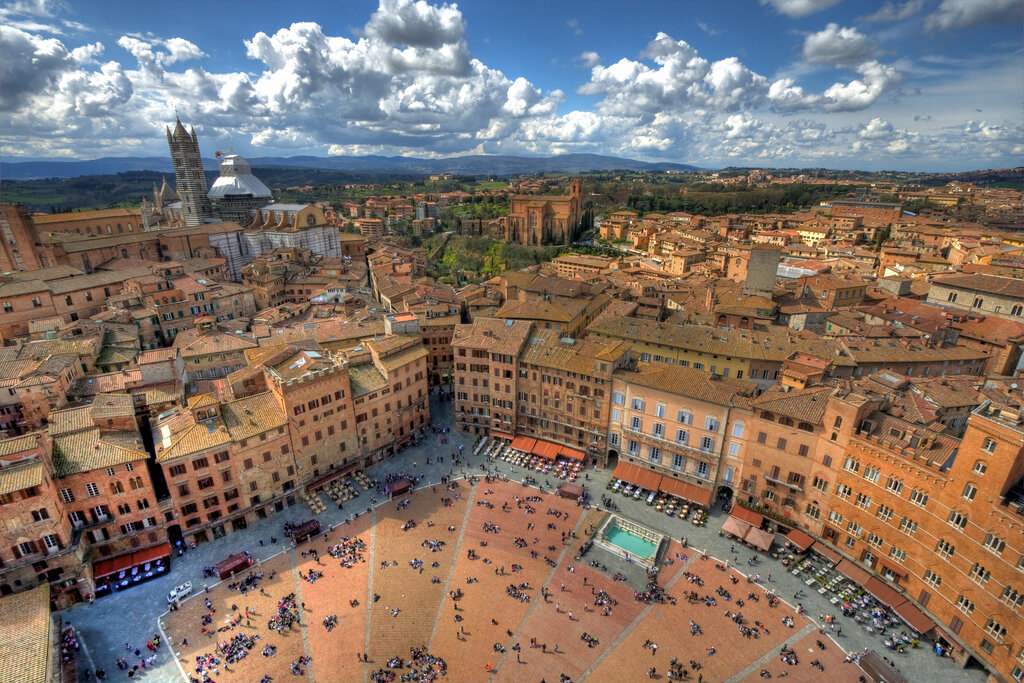

Renaissance Urban Design:
The Renaissance period saw a revival of interest in classical architecture and humanism, which had a significant impact on urban design. Cities such as Florence and Venice were designed with a focus on creating beautiful public spaces that reflected the ideals of humanism. The concept of the “ideal city” emerged during this period, with architects and planners designing cities based on principles of order, symmetry, and balance.
- Florence, Italy: a city with a rich Renaissance history, featuring beautiful public spaces such as the Piazza della Signoria and the Uffizi Gallery.
- Venice, Italy: a city with a unique urban design that features canals instead of streets, creating a sense of magic and mystery.
- Edinburgh, Scotland: a city with a rich architectural history that features Renaissance-style buildings and beautiful public spaces such as Princes Street Gardens.


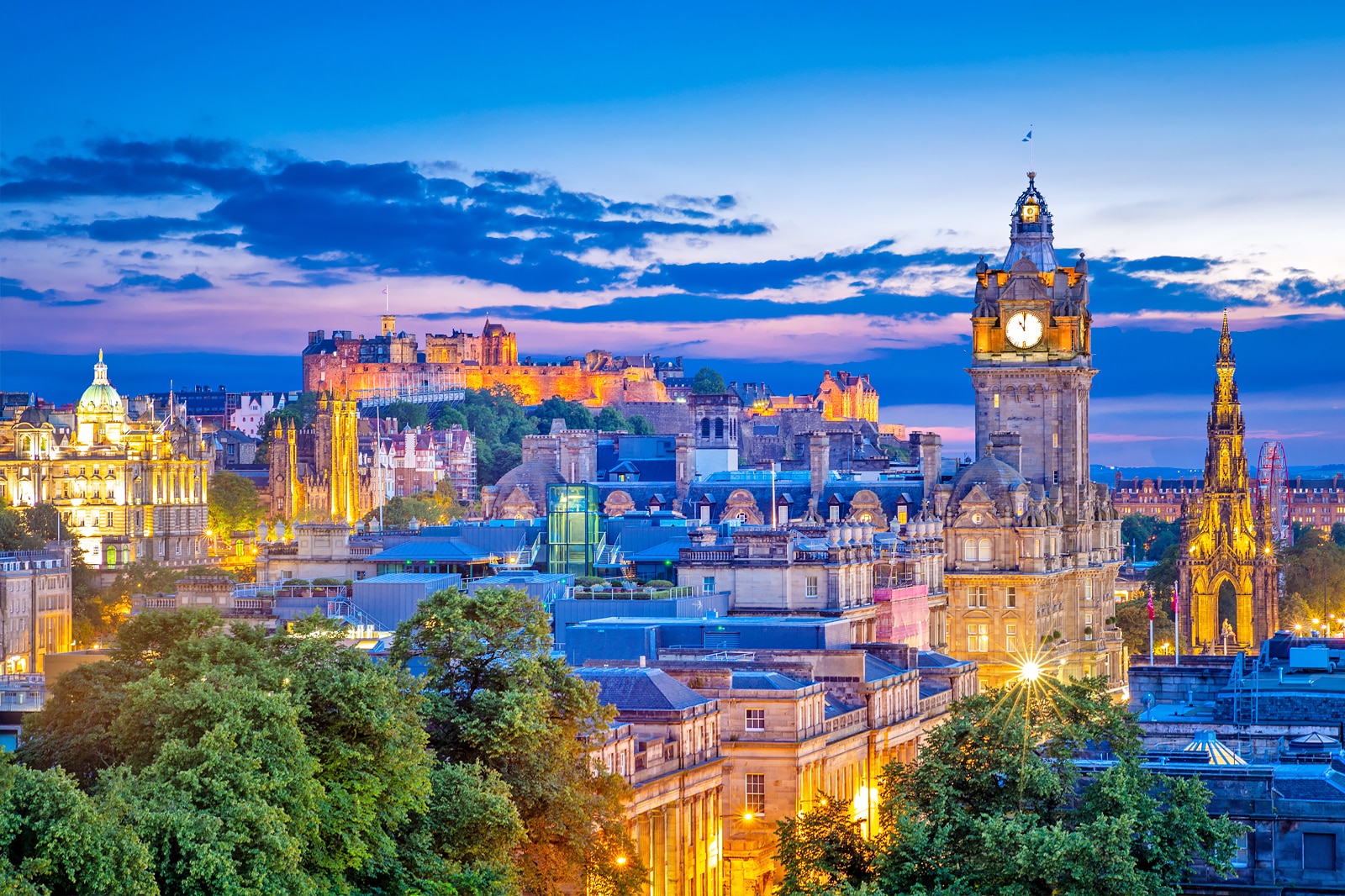
Industrial Revolution and Modern Urban Design:
The industrial revolution had a profound impact on urban design, as cities grew rapidly and became centers of industry and commerce. The rise of modern urban planning during this period was led by urban planners such as Ebenezer Howard and Le Corbusier, who believed in the power of planning to improve the lives of people living in cities. Modern urban design principles, such as zoning, transportation, and green space, were developed during this period to address the challenges of urbanization.
- London, England: a city that underwent major changes during the Industrial Revolution, including the development of rail and canal transportation systems and the creation of new neighborhoods such as the Docklands.
- Chicago, USA: a city that is known for its innovative modern architecture, including the Willis Tower (formerly known as the Sears Tower) and the John Hancock Center.
- Brasília, Brazil: a planned city that was built in the 1950s and 60s with a focus on modern urban design principles such as zoning and functionalism.

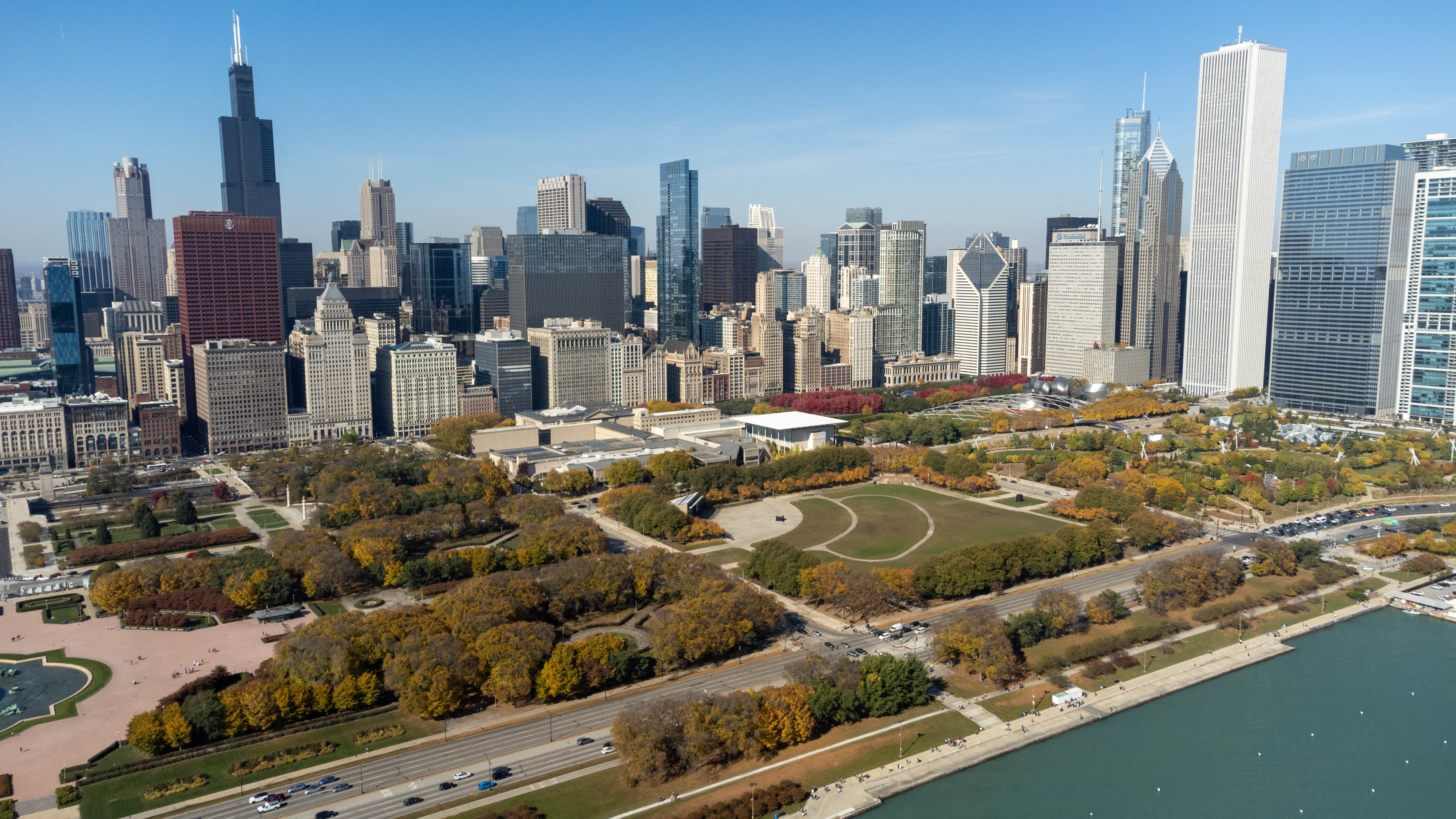

Contemporary Urban Design
Today, urban design continues to evolve and adapt to changing societal needs and technological advancements. Contemporary urban design trends include sustainable design, smart cities, and mixed-use development, which prioritize energy efficiency, social equity, and livability. However, contemporary urban designers also face challenges such as gentrification and the need for affordable housing, which require creative solutions and community engagement.
- Copenhagen, Denmark: a city that is renowned for its sustainable urban design, including extensive bike lanes and green spaces such as the King’s Garden.
- Singapore: a city-state that is a leader in the development of smart cities, with a focus on technology and innovation to improve urban life.
- Medellín, Colombia: a city that has undergone a transformation in recent years, with innovative urban design strategies such as the creation of public libraries and the use of cable cars to improve transportation access in underserved neighborhoods.

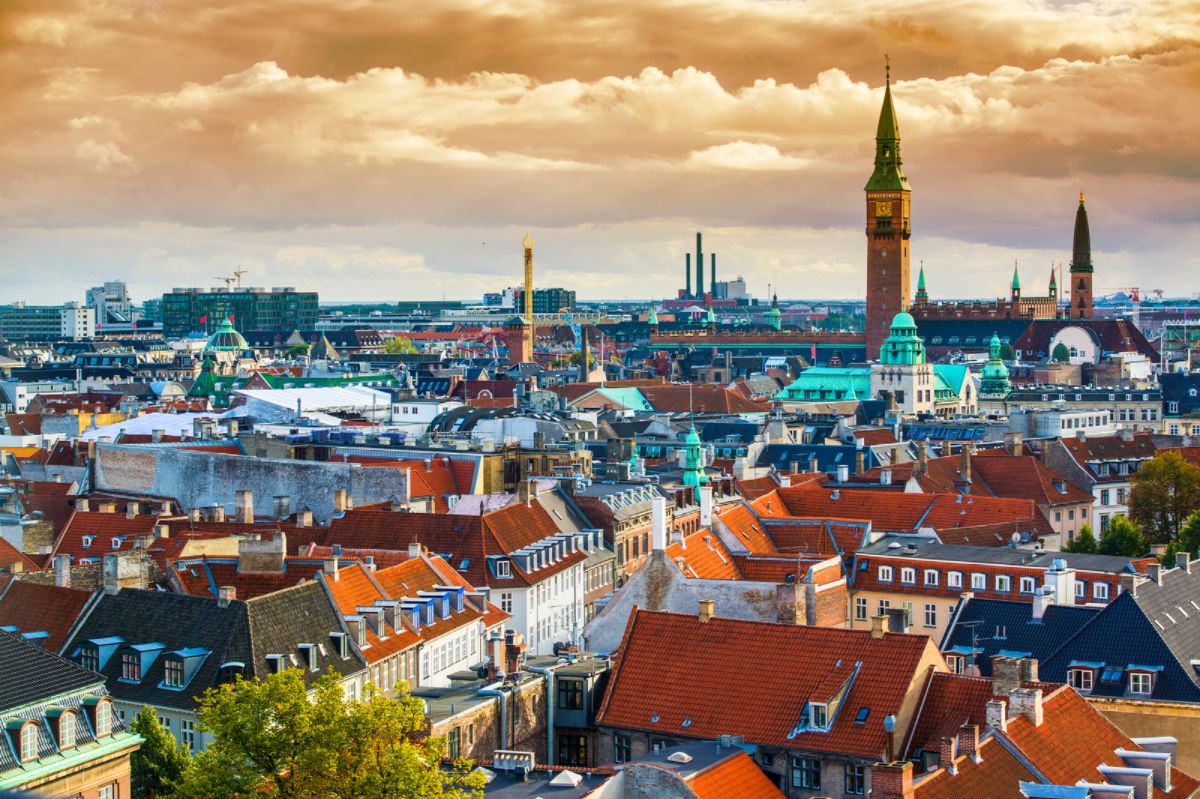
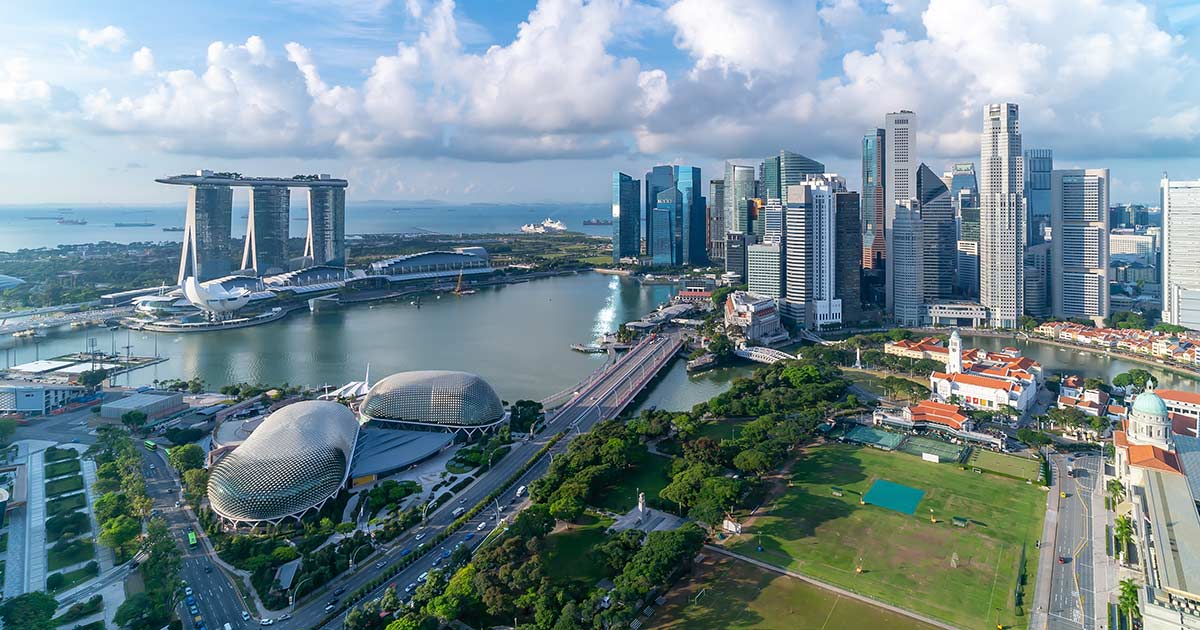
Conclusion
In conclusion, the history of urban design is a rich and complex story that has evolved over time to become a critical component of modern city planning. From ancient civilizations to modern cities, urban design has played a key role in shaping the physical environment of our communities. By understanding the principles and history of urban design, we can continue to shape our cities and communities in ways that promote sustainability, social equity, and livability for all.

Urban Design Lab
About the Author
This is the admin account of Urban Design Lab. This account publishes articles written by team members, contributions from guest writers, and other occasional submissions. Please feel free to contact us if you have any questions or comments.
Related articles

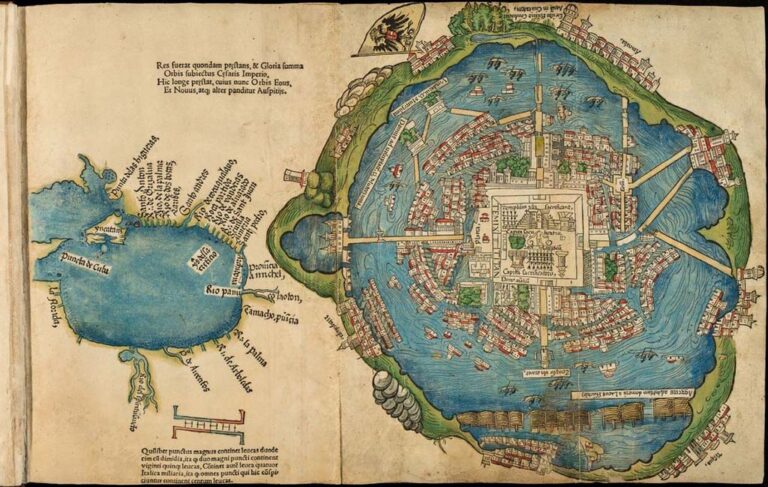
Urban Heritage of Tenochtitlan, Mexico
5-Days UDL GIS
Masterclass
GIS Made Easy – Learn to Map, Analyse, and Transform Urban Futures
Session Dates
14th-18th July 2025

Free E-Book
From thesis to Portfolio
A Guide to Convert Academic Work into a Professional Portfolio”
Recent Posts
- Article Posted:
- Article Posted:
- Article Posted:
- Article Posted:
- Article Posted:
- Article Posted:
- Article Posted:
- Article Posted:
- Article Posted:
- Article Posted:
- Article Posted:
- Article Posted:
- Article Posted:
Sign up for our Newsletter
“Let’s explore the new avenues of Urban environment together “





























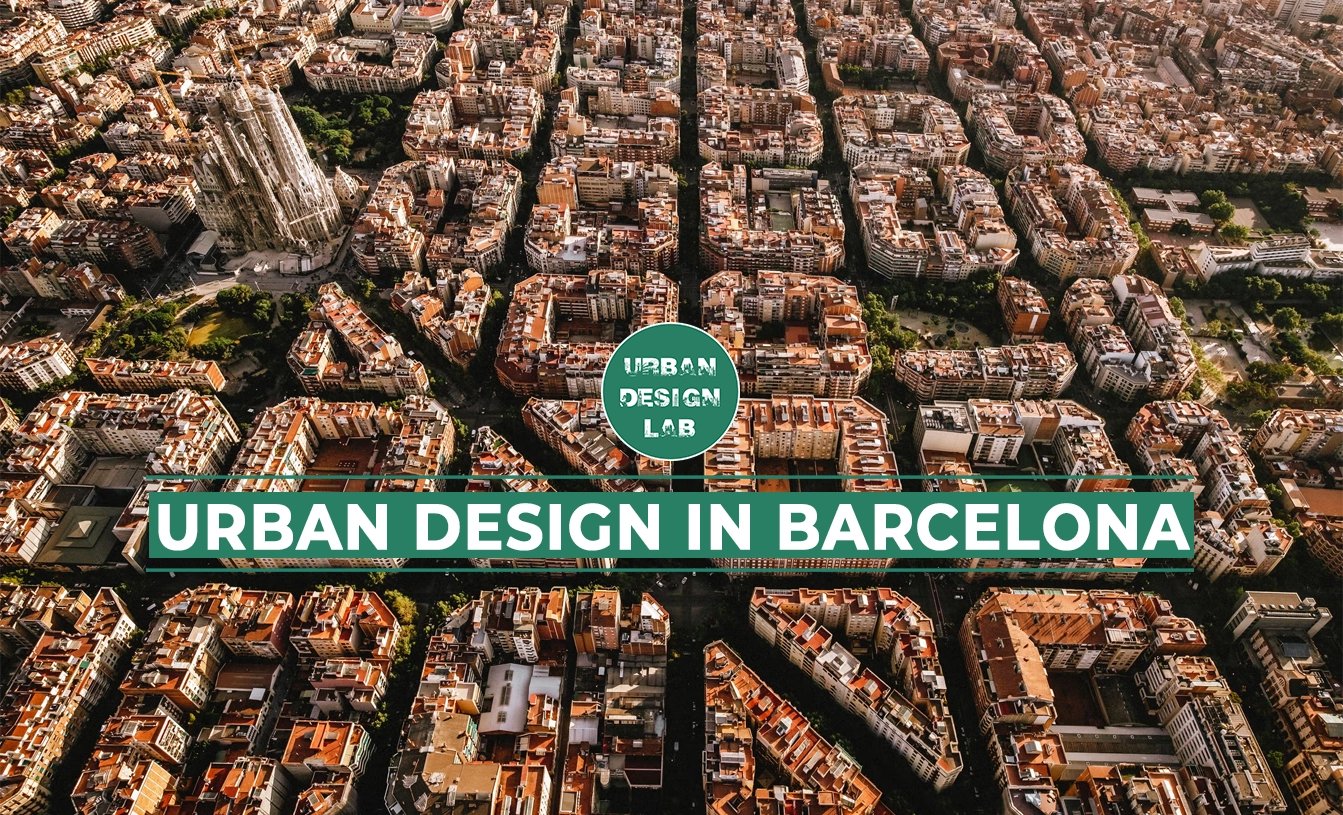


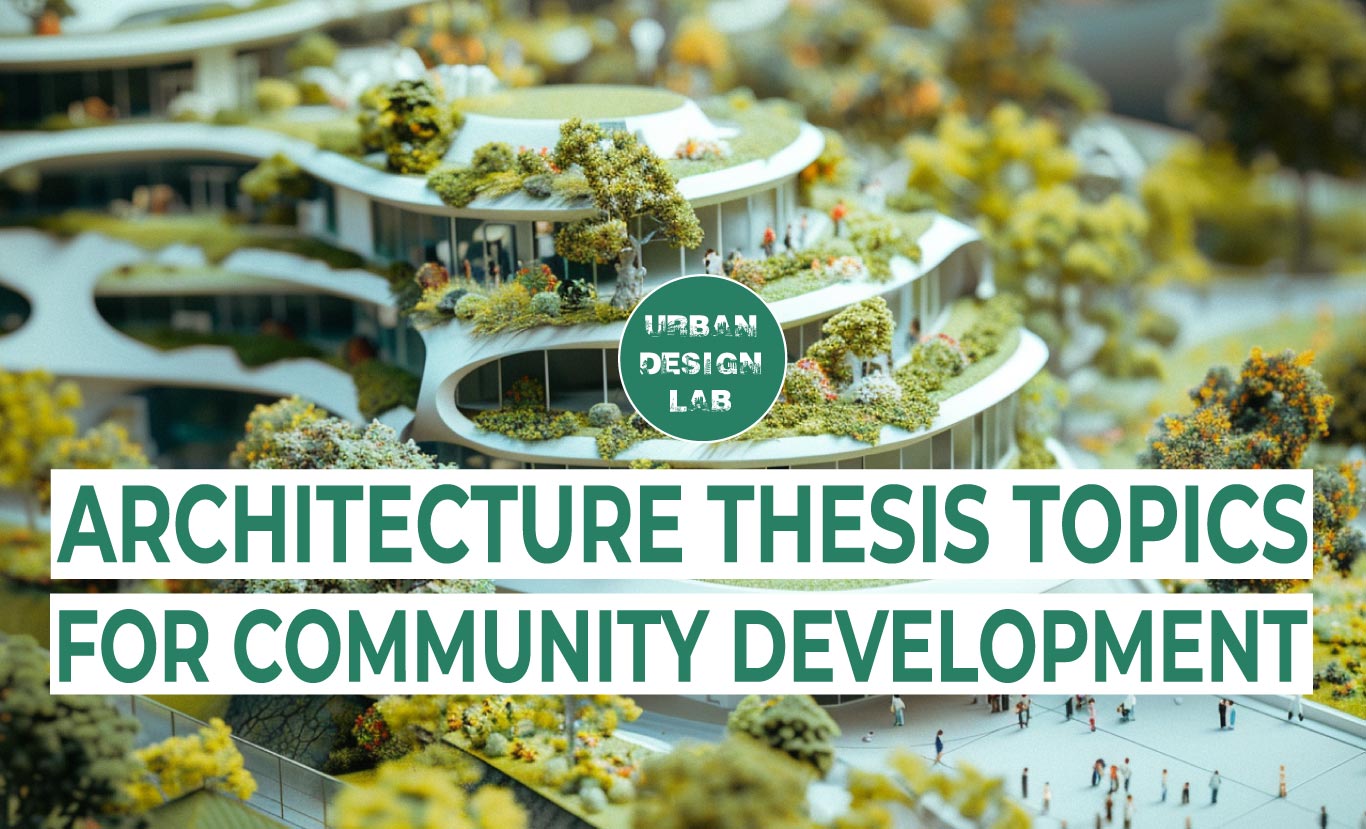



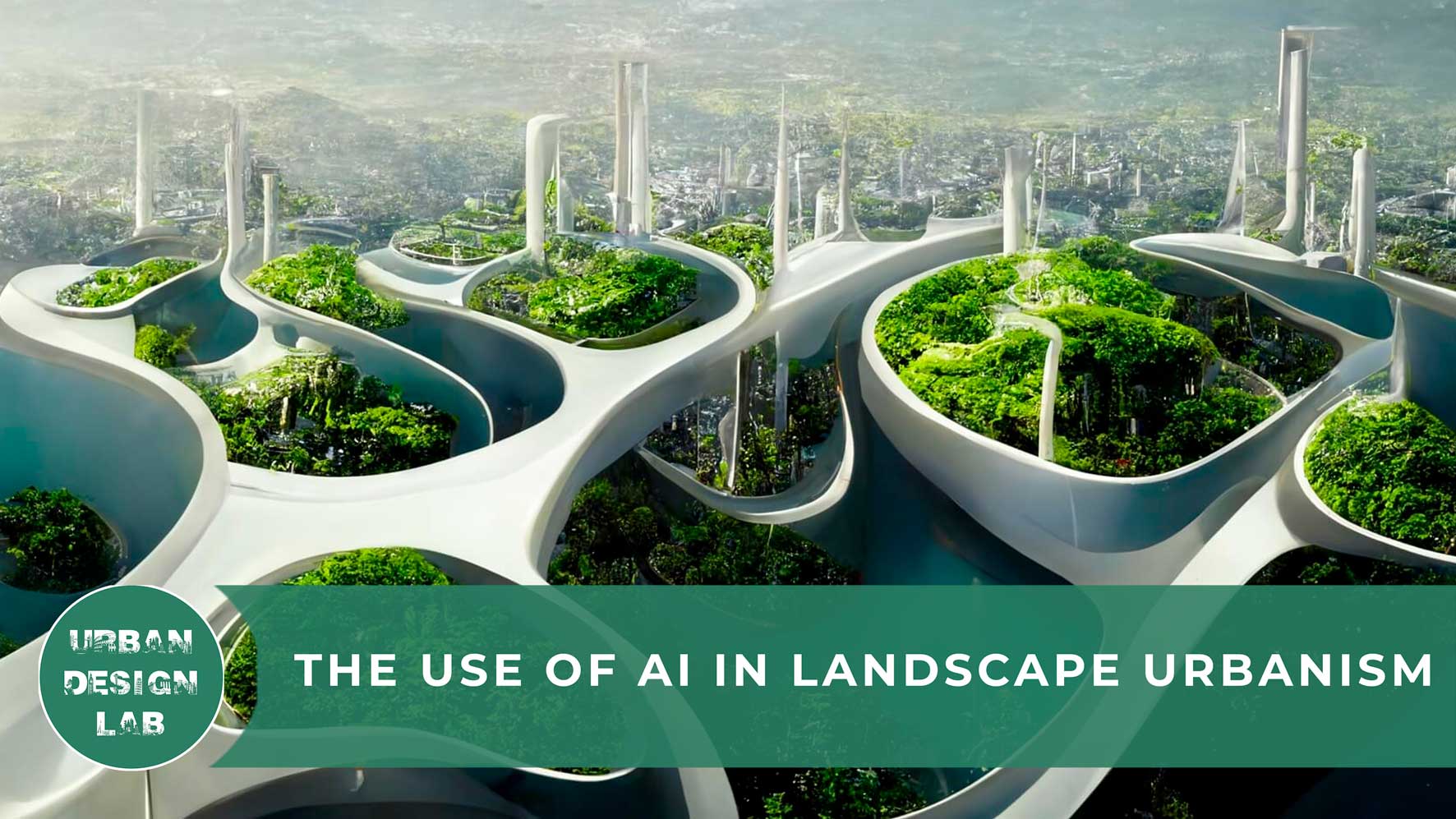
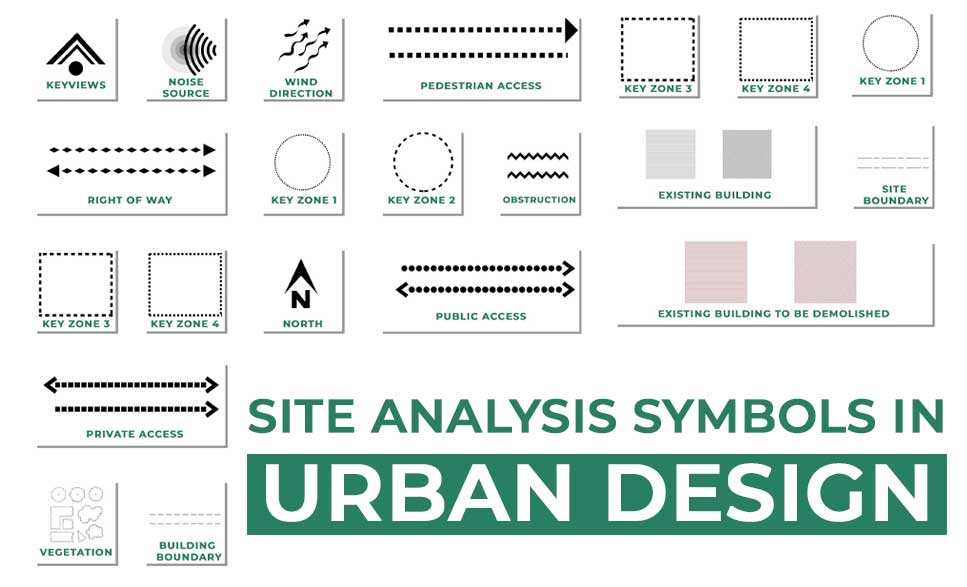
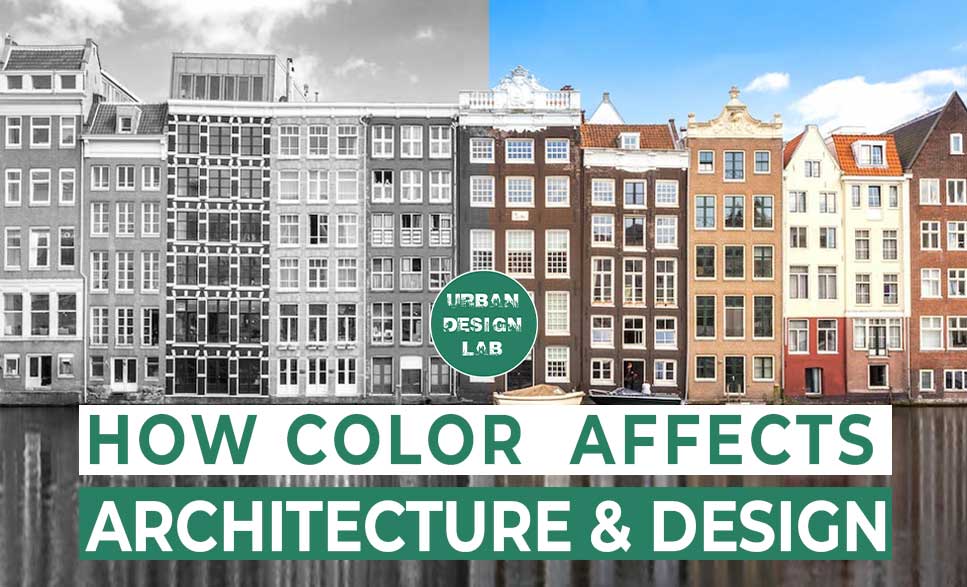
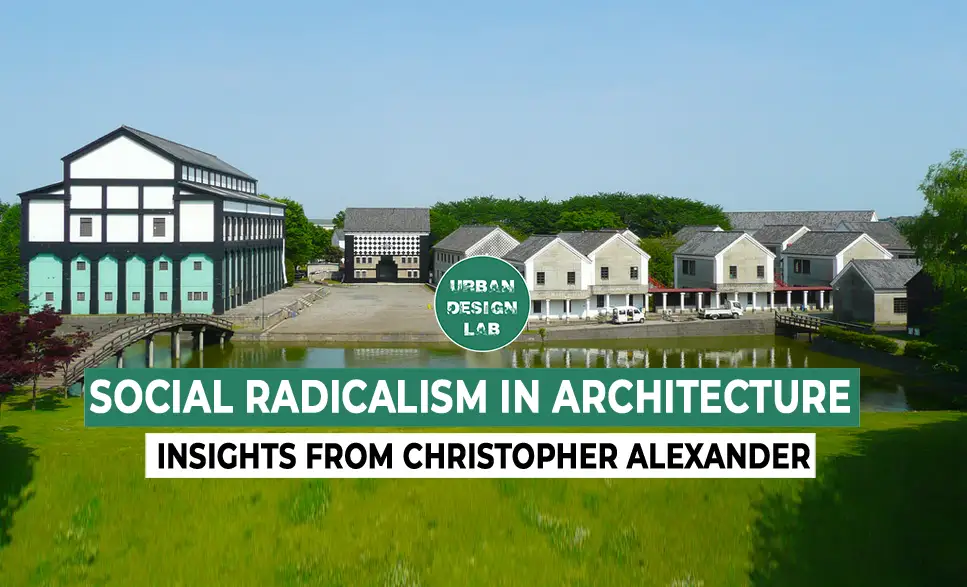
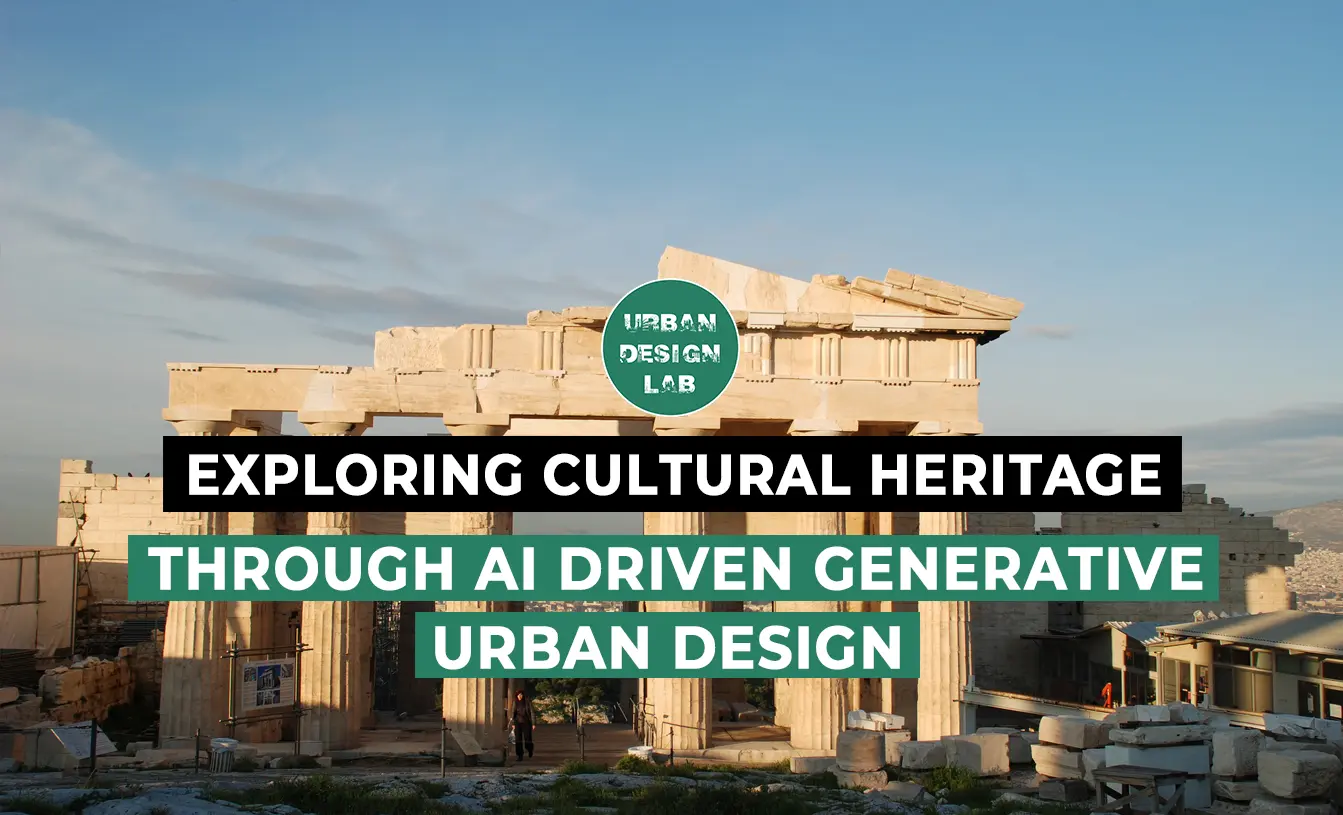







One Comment